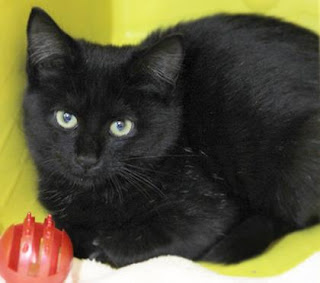Many people come to their awareness about the importance of the present moment through Buddhism. I am not one of them.
In recent years, books by Thich Nhat Hanh have helped me to use some new approaches for focusing on mindfulness, but my initial awareness of its importance came from The Nature of Personal Reality by Jane Roberts, who channeled the nonphysical entity, Seth.
To believe that such beings existed and that their information had value was my first challenge. However, once I started the book, that doubt vanished. My overwhelming sense was that not only was this information true but that I was being reawakened to something I’d always known.
Here is the essence of Seth’s message.
“The truth is this: You form your reality now, through the intersection of soul in flesh, and the present is your point of power.”
Seth goes on to explain that only the present moment has reality. We create both our past and our future within the present.
Rewriting the Past and the Future
The idea that we can change the past can challenge us. Here’s an example. A few days ago, I was having an episode of feeling sorry for myself because I felt abandoned by someone. When I thought about my past, I remembered all the times, from early childhood on, when I had felt abandoned.
I was seeing myself as a victim. Seth views this differently, saying, “You get what you concentrate on. There is no other main rule.”
If I concentrate on abandonment, I reorganize and rewrite the past so that this condition dominates my experience of it. To say I’ve always been abandoned implies that this pattern will continue in the future. This is really an energetic directive whose essence is: “It’s familiar; keep it coming.”
The future plays out according to my instructions. This confirms my belief, and I say, “See, I was right. Everyone abandons me.” Past, present, and future become a closed loop, invisible to mindfulness and awareness.
Let’s Not Rub Out Emotions
I’m not advocating repression of or resistance to emotions. Our emotions exist to tell us where we need to focus healing in the present moment.
If I’m feeling abandoned, I want and need to be mindful of that feeling. I will say, “Yes, I accept that I feel this way in this moment.” I will go a step further by tracing this emotion to my emotions regarding past events, and I will apply energetic healing methods (mostly meridian tapping) to them.
I will also remind myself about experiences when I felt included and loved. I will bring the feeling of those experiences into the present moment and concentrate on them.
Above all, I commit to being aware of what I’m thinking and feeling in the present moment. I choose to respect the immense power of the Now, which is my power.
And it is yours.
If you practice mindfulness in a Buddhist tradition, you might find it useful to explore the Seth perspective. The following link will take you to an article on sethnet.org, where you will find some valuable descriptions of the Seth Material.
To read Thich Nhat Hanh’s perspective on the present moment, see Our Appointment with Life: Sutra on Knowing the Better Way to Live Alone.
